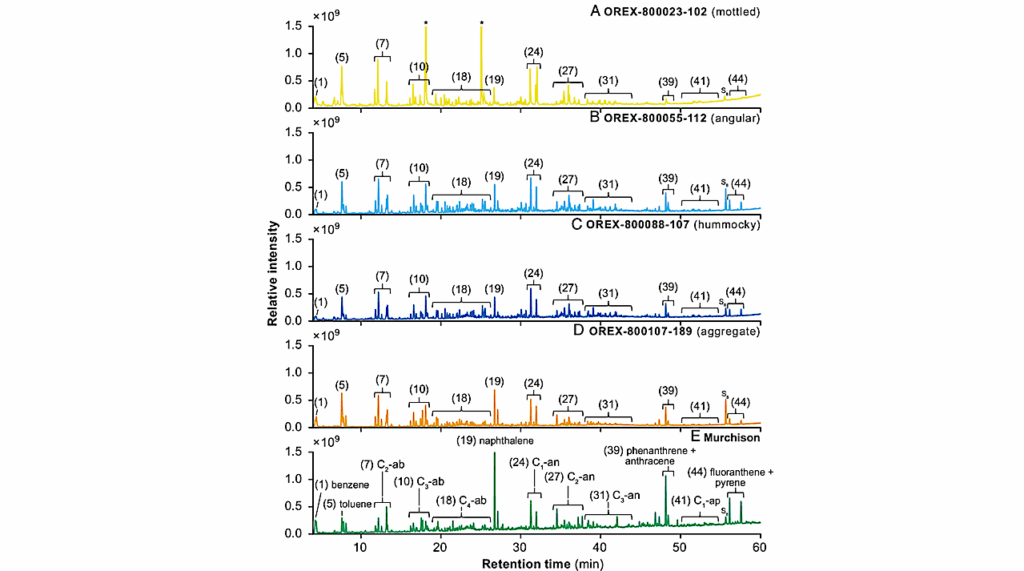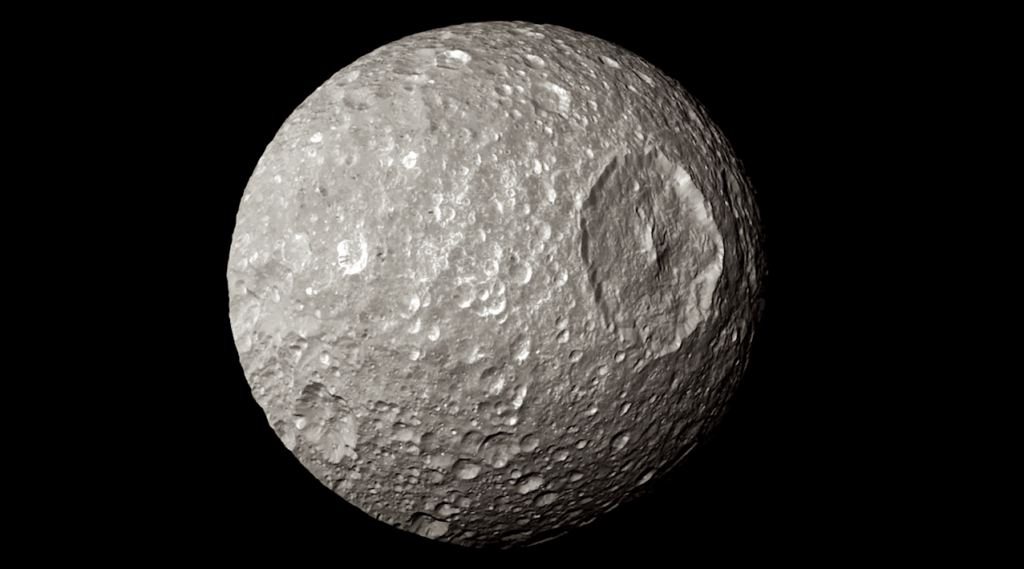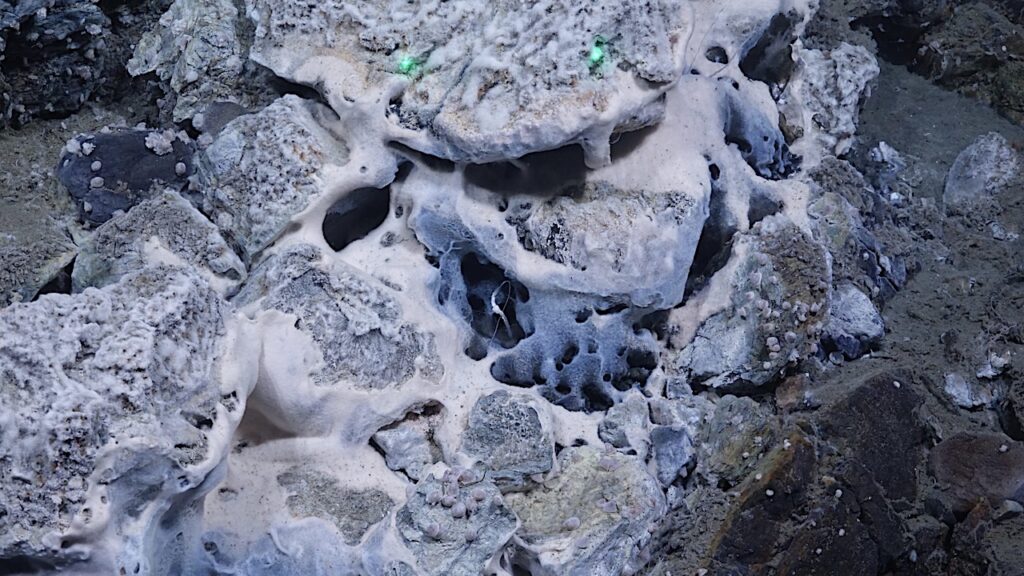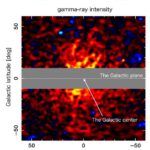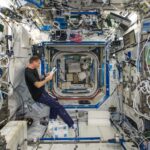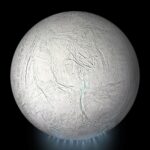Now Reading: On Linking Planet Formation Models, Protoplanetary Disk Properties, and Mature Gas Giant Exoplanet Atmospheres
-
01
On Linking Planet Formation Models, Protoplanetary Disk Properties, and Mature Gas Giant Exoplanet Atmospheres
On Linking Planet Formation Models, Protoplanetary Disk Properties, and Mature Gas Giant Exoplanet Atmospheres
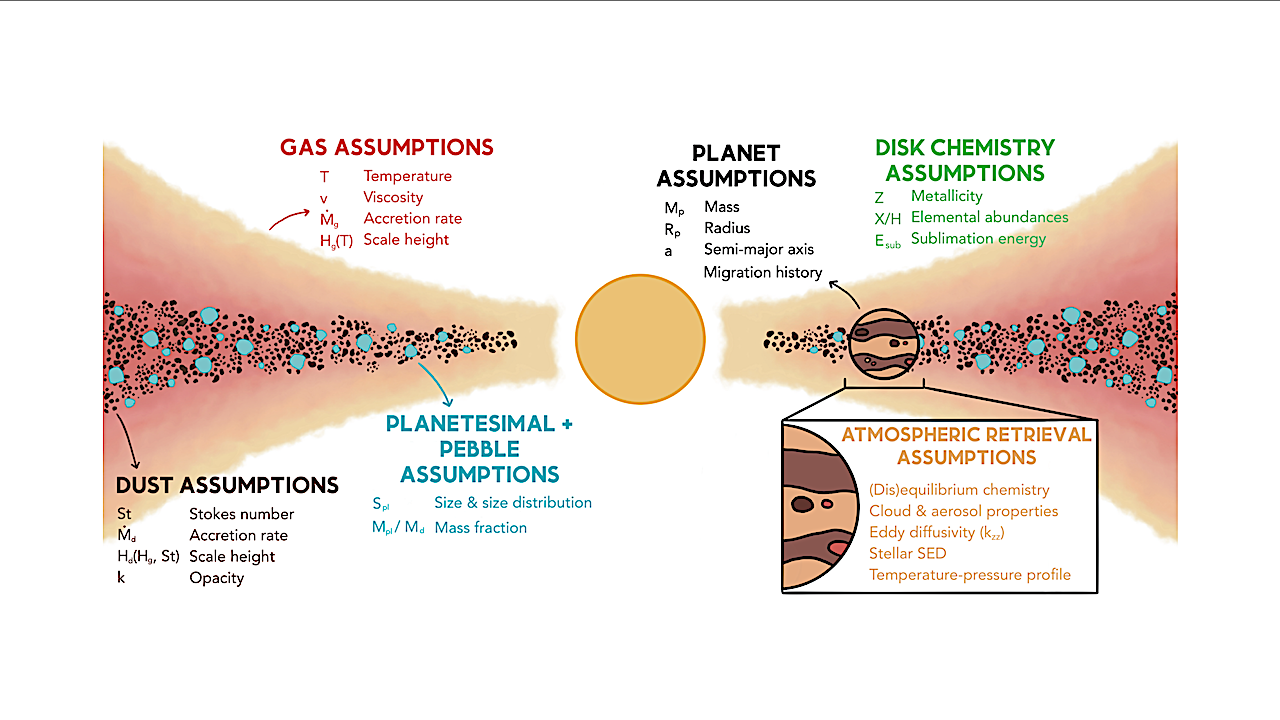

A summary schematic of assumptions that are made in planet formation modeling, protoplanetary disk modeling, and exoplanet atmospheric modeling. We note that several of the presented variables can be directly measured (e.g., planet mass, radius, and semi-major axis), but not necessarily in all systems. — astro-ph.EP
Measuring a single elemental ratio (e.g., carbon-to-oxygen) provides insufficient information for understanding the formation mechanisms and evolution that affect our observations of gas giant planet atmospheres.
Although the fields of planet formation, protoplanetary disks, and exoplanets are well established and interconnected, our understanding of how to self-consistently and accurately link the theoretical and observational aspects of these fields together is lacking.
To foster interdisciplinary conversations, the Max-Planck Institut für Astronomie (MPIA) hosted a week-long workshop called, “Challenge Accepted: Linking Planet Formation with Present-Day Atmospheres.” Here, we summarize the latest theories and results in planet formation modeling, protoplanetary disk observations, and atmospheric observations of gas giant atmospheres to address one of the challenges of hosting interdisciplinary conferences: ensuring everyone is aware of the state-of-the-art results and technical language from each discipline represented.
Additionally, we highlight key discussions held at the workshop. Our main conclusion is that it is unclear what the ideal observable is to make this link between formation scenarios and exoplanet atmospheres, whether it be multiple elemental abundance ratios, measuring refractory budgets, or something else. Based on discussions held throughout the workshop, we provide several key takeaways of what the workshop attendees feel need the most improvement and exploration within each discipline.
Adina D. Feinstein, Richard A. Booth, Jennifer B. Bergner, Joshua D. Lothringer, Elisabeth C. Matthews, Luis Welbanks, Yamila Miguel, Bertram Bitsch, Linn E. J. Eriksson, James Kirk, Stefan Pelletier, Anna B. T. Penzlin, Anjali A. A. Piette, Caroline Piaulet-Ghorayeb, Kamber Schwarz, Diego Turrini, Lorena Acuña-Aguirre, Eva-Maria Ahrer, Madyson G. Barber, Jonathan Brande, Aritra Chakrabarty, Ian J. M. Crossfield, Gabriel-Dominique Marleau, Helong Huang, Anders Johansen, Laura Kreidberg, John H. Livingston, Rafael Luque, Maria Oreshenko, Elenia Pacetti, Guilia Perotti, Jesse Polman, Bibiana Prinoth, Dmitry A. Semenov, Jacob B. Simon, Johanna Teske, Niall Whiteford
Comments: 24 pages (37 pages with references), 8 figures, 1 table. Submitted to AAS Journals. This article is intended to reflect the discussions and perspectives of workshop participants, and not provide a comprehensive review of the fields covered
Subjects: Earth and Planetary Astrophysics (astro-ph.EP)
Cite as: arXiv:2506.00669 [astro-ph.EP] (or arXiv:2506.00669v1 [astro-ph.EP] for this version)
https://doi.org/10.48550/arXiv.2506.00669
Focus to learn more
Submission history
From: Adina Feinstein
[v1] Sat, 31 May 2025 18:44:42 UTC (5,129 KB)
https://arxiv.org/abs/2506.00669
Astrobiology,
Stay Informed With the Latest & Most Important News
Previous Post
Next Post
-
 012024 in Review: Highlights from NASA in Silicon Valley
012024 in Review: Highlights from NASA in Silicon Valley -
 02Panasonic Leica Summilux DG 15mm f/1.7 ASPH review
02Panasonic Leica Summilux DG 15mm f/1.7 ASPH review -
 03How New NASA, India Earth Satellite NISAR Will See Earth
03How New NASA, India Earth Satellite NISAR Will See Earth -
 04And Thus Begins A New Year For Life On Earth
04And Thus Begins A New Year For Life On Earth -
 05Astronomy Activation Ambassadors: A New Era
05Astronomy Activation Ambassadors: A New Era -
06SpaceX launch surge helps set new global launch record in 2024
-
 07Space Force plans new ‘Futures Command’ amid pressure to speed up modernization
07Space Force plans new ‘Futures Command’ amid pressure to speed up modernization












